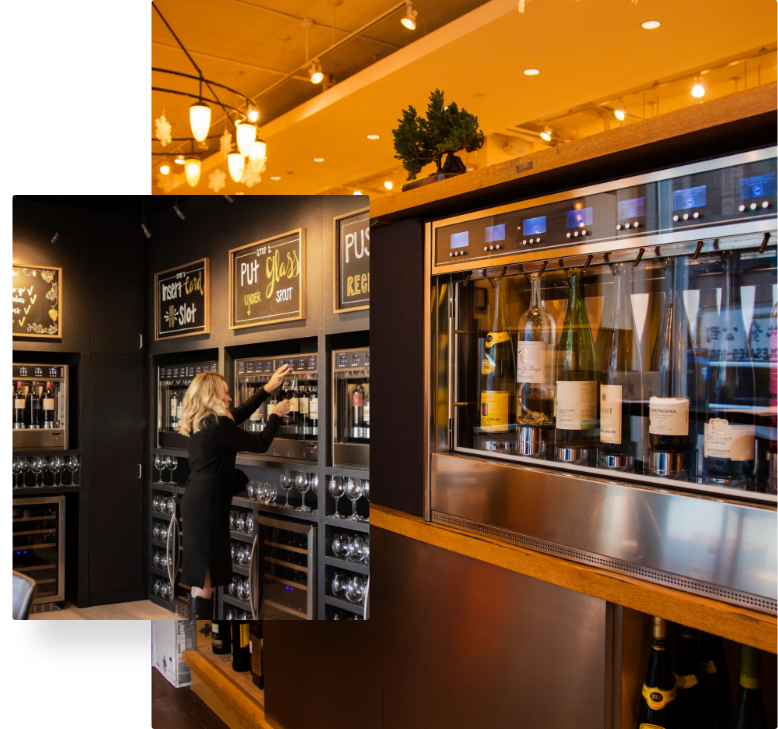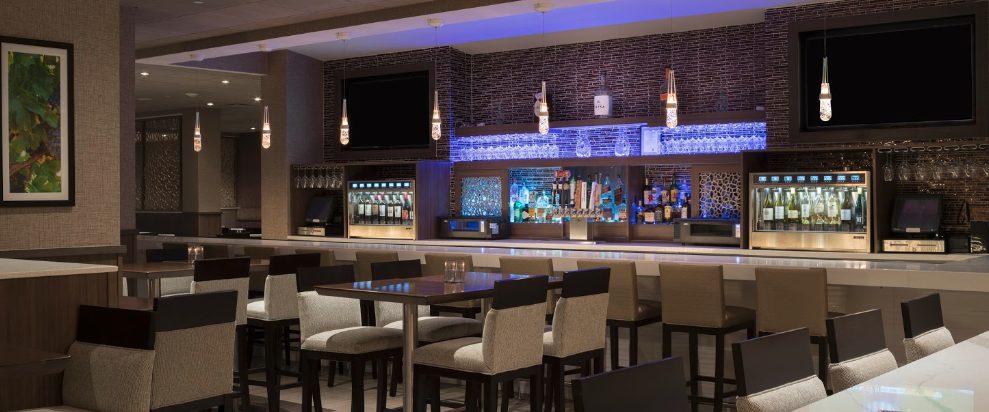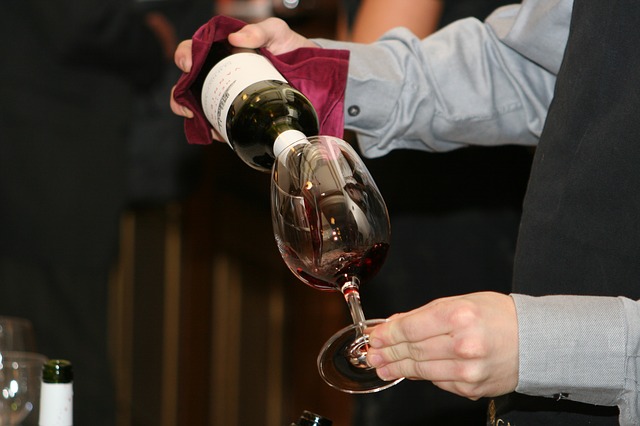The Evolution Of Wine Preservers
Gaze into the surface of the wine and admire its shimmering reflection, lightly hued like the color of pale, brushed velvet. Notice the aroma’s complexity – some fruity, some subtly spicy, others not relatively as easy to place.
And finally, take a healthy sip and note the crisp acidic and tannic textures of the wine as you swallow it.
You may not know it, but none of those sensations would be possible without wine preservation techniques evolving in ways no one could imagine over several millennia of trial, error, and experimentation.
Today’s wine preservers may include features like software and card readers; in ancient times, they contained little more than poorly sealed earthen jars to protect the wine from the elements.
Without a doubt, the evolution of wine preservation is an exciting tale stretching back millennia, culminating in our modern day with many exciting state-of-the-art capabilities.

ANCIENT TIMES – THE BEGINNING OF WINE PRESERVATION
CLASSIC ERA – PRESERVATION TECHNIQUES REFINED AND IMPROVED
Whether using an amphora or a kvevri, the ancient man’s biggest challenge was sealing the jars reliably. They used materials like moist clay, resin, or reeds to close the vessels well enough to preserve the wine’s flavors and aroma.
Near the end of the Roman period in Europe, wooden wine barrels were invented as an alternative to the heavy ceramic amphora that wasn’t necessarily designed to transport liquids over long distances. This method of preservation and transportation would become the norm for centuries as European cultures each refined their own techniques, with a particular emphasis on glass bottling in the 1600s.
The fruits of those efforts are what fueled several 21st-century inventors’ quest to preserve wine for more extended periods without spoiling it.

EARLY 1990’S – INTRODUCING THE CRUVINET WINE SYSTEM
Like a beer tap, the Cruvinet wine system maintains a steady cold temperature but utilizes nitrogen gas, not carbon dioxide gas, to preserve and dispense the wine as needed.
Nitrogen gas acts as a displacer for the oxygen in the atmosphere, in this case, the atmosphere inside of a wine bottle. Ancient man knew that wine spoiled, but he had no way to understand the chemical process of oxidation as we do in our time.
The idea behind using nitrogen is that it prevents oxidation from occurring in the first place, thus preserving the wine for weeks at a time in a dispensary system.
The original models contained several taps and led the way for how restaurants and bars alike poured wine by the glass.
It was the success of the Cruvinet wine system that opened the way for the next breakthrough: the Enomatic.

EARLY 2000’S – BREAKTHROUGHS CONTINUE WITH THE ENOMATIC SYSTEM
What made the Enomatic system distinct from the Cruvinet system was this: it was fully automated and served up to three precisely controlled portions; the taste, half glass and full glass.
With the self-serve feature of the Enomatic, many tasting rooms and wine bars sprung up around the United States featuring this innovative technology. It offered guests the ability to taste wine on their own terms and build their palates one ounce at a time.
2005 – WINESTATION ENTERS THE MARKET

2011 – CORAVIN ENTERS THE MARKET
Simply put, Coravin devices allow you to open and pour a bottle of wine without ever removing the cork. It works by inserting a needle into the cork that doesn’t push cork dust into the bottle.
The device then draws out the wine and replaces the space with argon gas to keep the wine blanketed from oxidation. Invented by Greg Lambrecht, the Coravin system is the only hand-held wine preserver on the market, making it ideal for personal use rather than for commercial use.
But that’s the main drawback of the Coravin to remember. The inventor didn’t design it for use in restaurants and hotels with high volume. He simply invented it to preserve wines for significantly more extended periods than other devices can.

2012 – PRESENT DAY: THE MODERN ERA
In 2012, the notable Visionaire Riccardo Gosi launched Wineemotion with the most advanced wine preserver technology in history.
Wineemotion created the patented ISOL-Plus valve to isolate each bottle in the same system and prevent cross-aromatic contamination of wines, preserving all organoleptic characteristics, such as color, flavor, taste, aroma, and consistency.
One unique characteristic of Wineemotion products is that they utilize both nitrogen and argon gas. The system can accept if one happens to be more scarce. In Europe, wine preservers use nitrogen gas more often than in America; they prefer argon mainly.
But most interestingly, Wineemotion also created the software WineIdea, a platform that sets up the required client-server architecture to connect multiple dispensers to the network with a handful of readily available POS integrations. Never before has so much technology been used to preserve and dispense the wine.
On average, Wineemotion can preserve wines for as long as four weeks, depending on the specific varietal. Recently, Wineemotion USA was the official wine tasting supplier for Expo 2015, an international exhibition of hundreds of different wine dispensary companies.
As wine preservation technology keeps evolving, Wineemotion stands at the forefront of innovation with new ways to dispense the wine.

